Teacher Portal
Atmosphere
Investigation 1
Investigation 1
Atmosphere

Phase 1 – Defined Understanding
Access Student Guide
Download and Distribute
Access Teacher Guide
Student Guide with answers
Teacher PreLab
Prepare for the Experiment
Phase 2 – Dynamic Understanding
Phase 2 – Dynamic Understanding
► Investigation One Summary – Lab Goals
In Investigation One, you explored the effects of changing temperature in the atmosphere. In particular, changes in density and air movement are a result of temperature differences in the atmosphere. During this Investigation, you:
1. Applied Charles Law as you heated and cooled air inside a flask to measure changes in volume and density.
2. Measured the change in temperature of air above and below an ice pack and hot metal cube.
► Investigation One Summary – Learning Goals
Through these experiments, you concluded that:
1. The volume and density of air change with temperature changes. According to Charles Law, as the temperature of air increases, its volume increases and its density decreases. As the temperature of air decreases, its volume decreases, and its density increases.
2. As air is heated its density decreases because its mass remains constant but its volume increases. As air is cooled, its density increases because its mass remains constant but its volume decreases.
3. Air is a fluid. Fluids that are more dense sink below those that are less dense. The decrease in density as air is heated causes it to rise above cooler, more dense air. The increase in density as air is cooled causes it to sink below warmer, less dense air.
4. The warmer air in the atmosphere rises and cooler air in the atmosphere sinks. This causes convection currents in the atmosphere.
Launch Concept Slides/Annotations
Mathematics Concepts in This Investigation
- temperature in Celsius using digital thermometer
- calculating density in g/cm3
- problem-solving
- angles
- comparing (non)measurable characteristics
- measuring mass using a digital scale
- mass in grams
- time in minutes
- diameter in mm/cm
- volume in mL
- calculating volume
- multiplication
- manipulating mathematical formulas
- division
- decimals to the nearest tenth and/or hundredth
- data table
- data analysis
- (in)direct relationships
- patterns/trends
- greater than/less than/equal to
- comparing values/measurements
- subtraction
